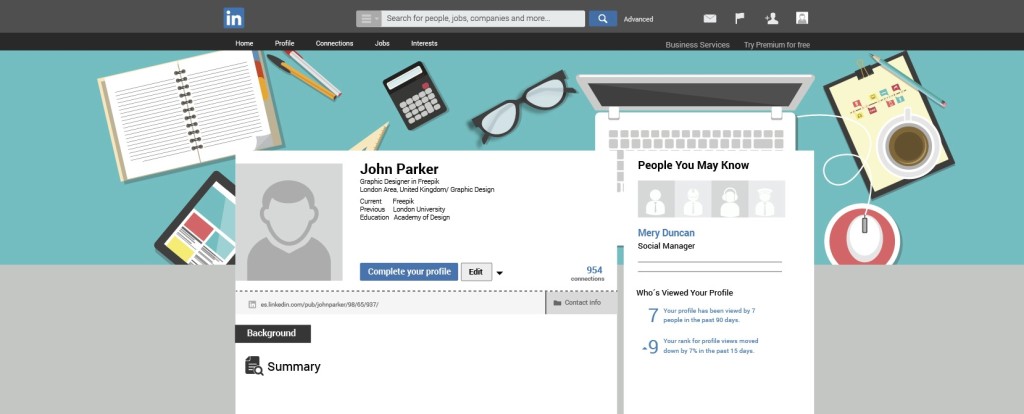 In September, LinkedIn released its latest “Spotlight on Best Practices” – a compendium of best practices based on what has worked – and what hasn’t worked – for B2B marketers. And just two months earlier, in July 2016, Bizible released its “2016 LinkedIn Ads Benchmark Report.” Taken together, these two reports represent a great way to benchmark your own B2B marketing efforts on LinkedIn.
In September, LinkedIn released its latest “Spotlight on Best Practices” – a compendium of best practices based on what has worked – and what hasn’t worked – for B2B marketers. And just two months earlier, in July 2016, Bizible released its “2016 LinkedIn Ads Benchmark Report.” Taken together, these two reports represent a great way to benchmark your own B2B marketing efforts on LinkedIn.
The good news is that 94 percent of B2B marketers are using LinkedIn as a way to generate leads and sales, and almost exactly half consider their LinkedIn marketing strategy to be a success. But there’s always room to fine-tune, tweak and experiment. Consider some of the following statistics and what they mean for the future of your B2B marketing efforts on LinkedIn:
5 percent of B2B leads come from LinkedIn
Considering the number of social platforms out there – Facebook, Twitter, LinkedIn, Instagram, Snapchat – it’s still somewhat surprising that LinkedIn doesn’t account for a greater percentage of leads. Just two years ago, the primary way people used LinkedIn was to update their job history. But now, there are so many ways to create, share and interact with content. Theoretically, that means that a greater percentage of leads will start to come from LinkedIn.
A majority of B2B marketers (70 percent) use LinkedIn as a lead generation tool
With people going to LinkedIn to share insights, problems and issues they are encountering in the business world, it makes sense that LinkedIn is a great way to generate leads. The only caveat is that B2B marketers have to find a way to insert themselves organically into these conversations, rather than being perceived as “lurkers” who only chime in with the name of their company or product.
79 percent of B2B marketers view LinkedIn as an effective source of generating more B2B leads
The more frequently you update your company’s LinkedIn page, the more relevant it will be for these prospective leads. Regular content – thought leadership pieces, how-to articles, and trend pieces – could be one way to boost the effectiveness of your LinkedIn lead generation process. If this content really adds value – and is not just a really clever advertisement – it will build your brand presence across all of LinkedIn.
57 percent of all LinkedIn impressions now happen on mobile devices
It’s clear that we’ve reached a tipping point in the mobile-desktop debate. Mobile is now winning, and there’s no going back. As a result, you have to make sure that your content looks great on the small screen. And you also have to keep in mind the overall context of where prospects are interacting with your content. Since they’re accessing via mobile, it may no longer be an office context.
LinkedIn accounts for nearly half of all social media traffic to B2B companies’ websites
With LinkedIn now responsible for half of all social media traffic, it’s easy to guess where the other half comes from – Facebook. The big question if you’re a B2B marketer is whether LinkedIn’s share of this pie is shrinking or growing. Considering all of Facebook’s recent innovations, this seems like an area where LinkedIn has not been innovating as quickly or as aggressively.
**
The more marketers can do to engage audiences on LinkedIn, the better they will do in terms of leads and building overall brand awareness. That’s why an annual benchmarking exercise makes so much sense.
Image: Designed by Freepik
